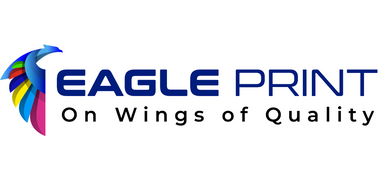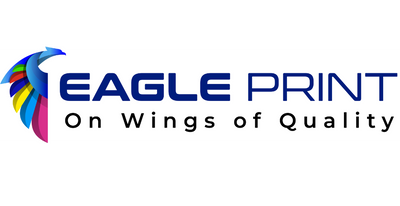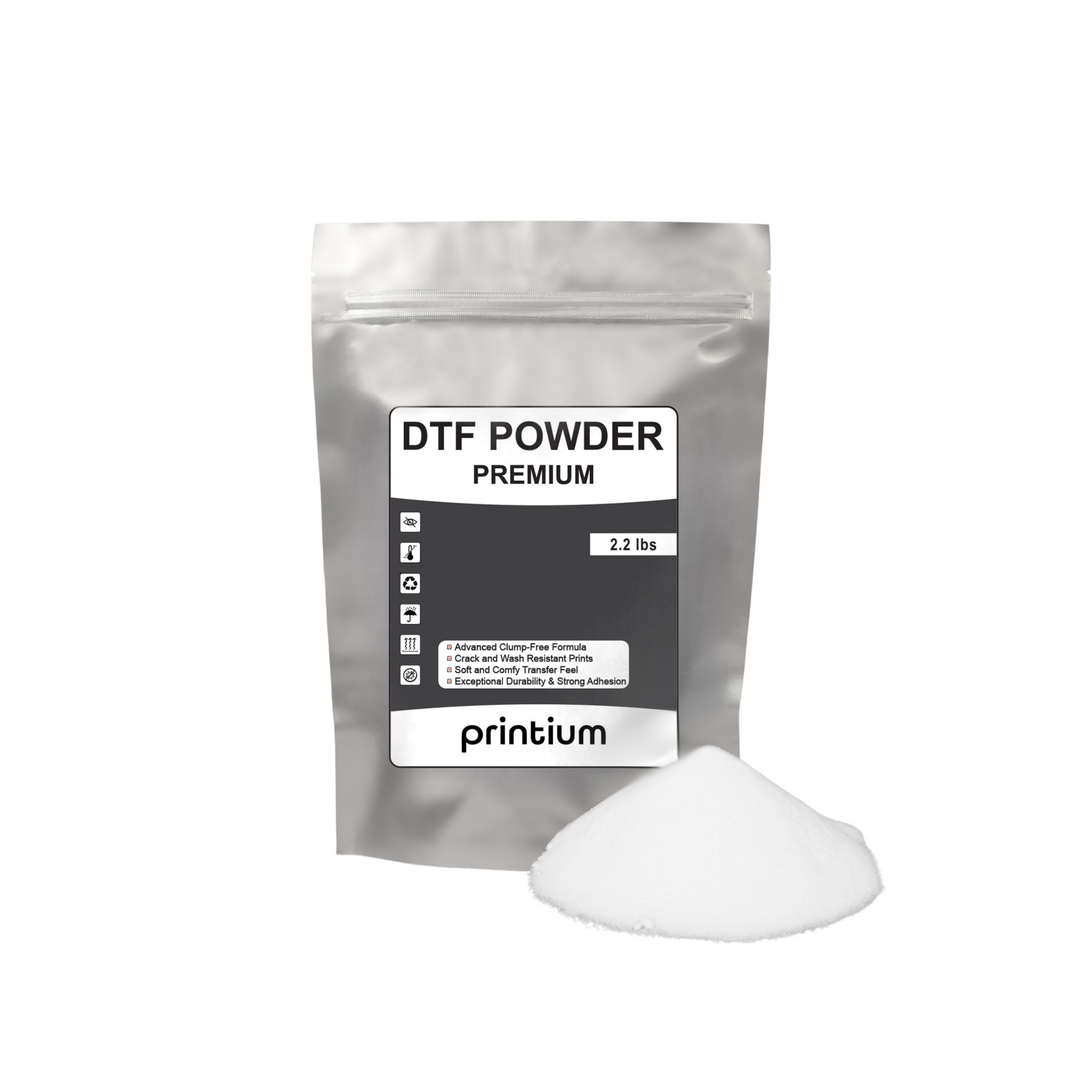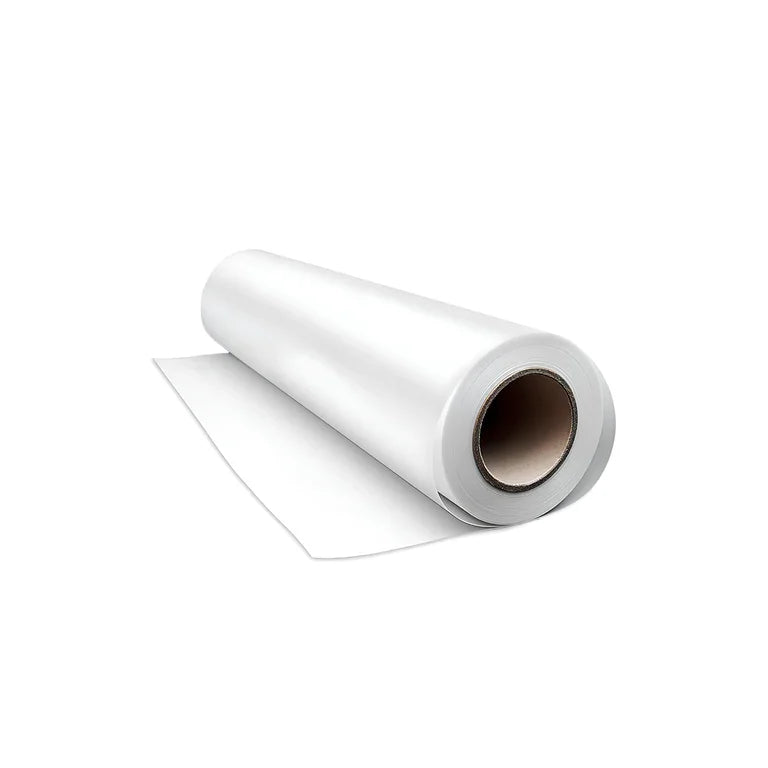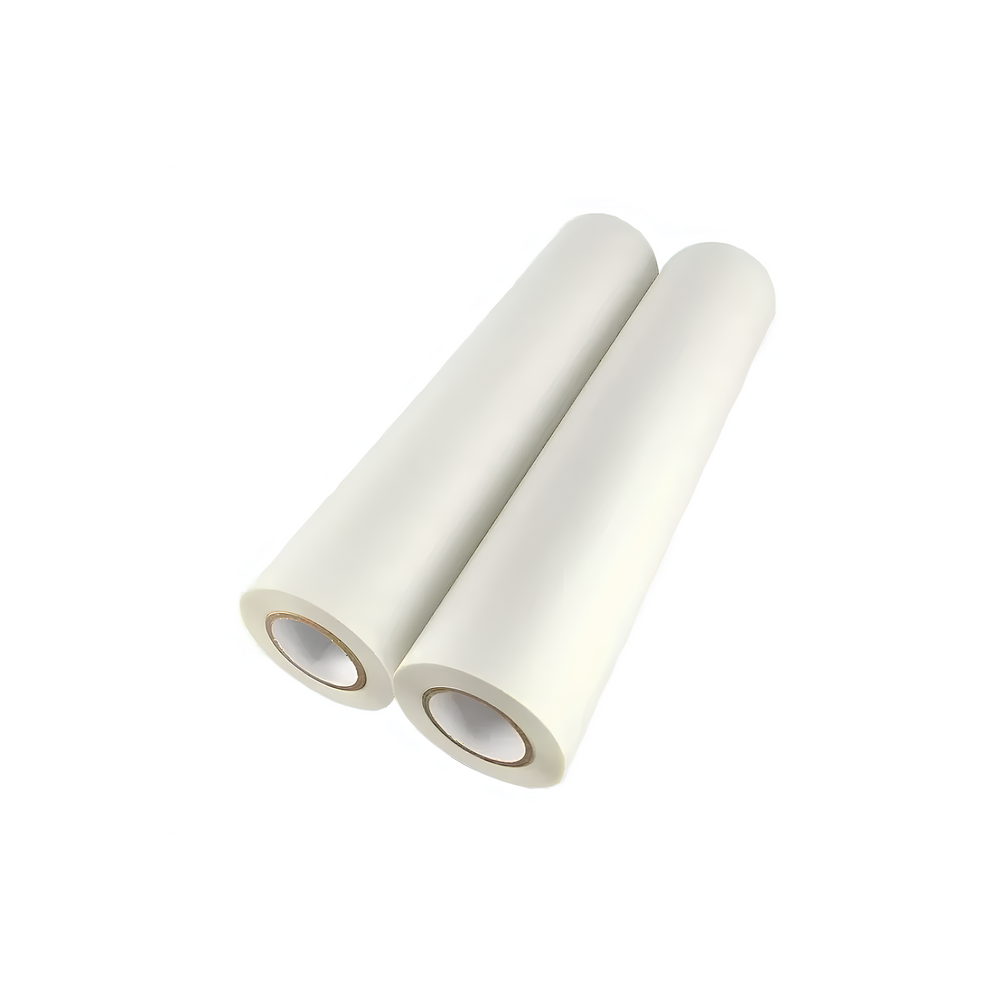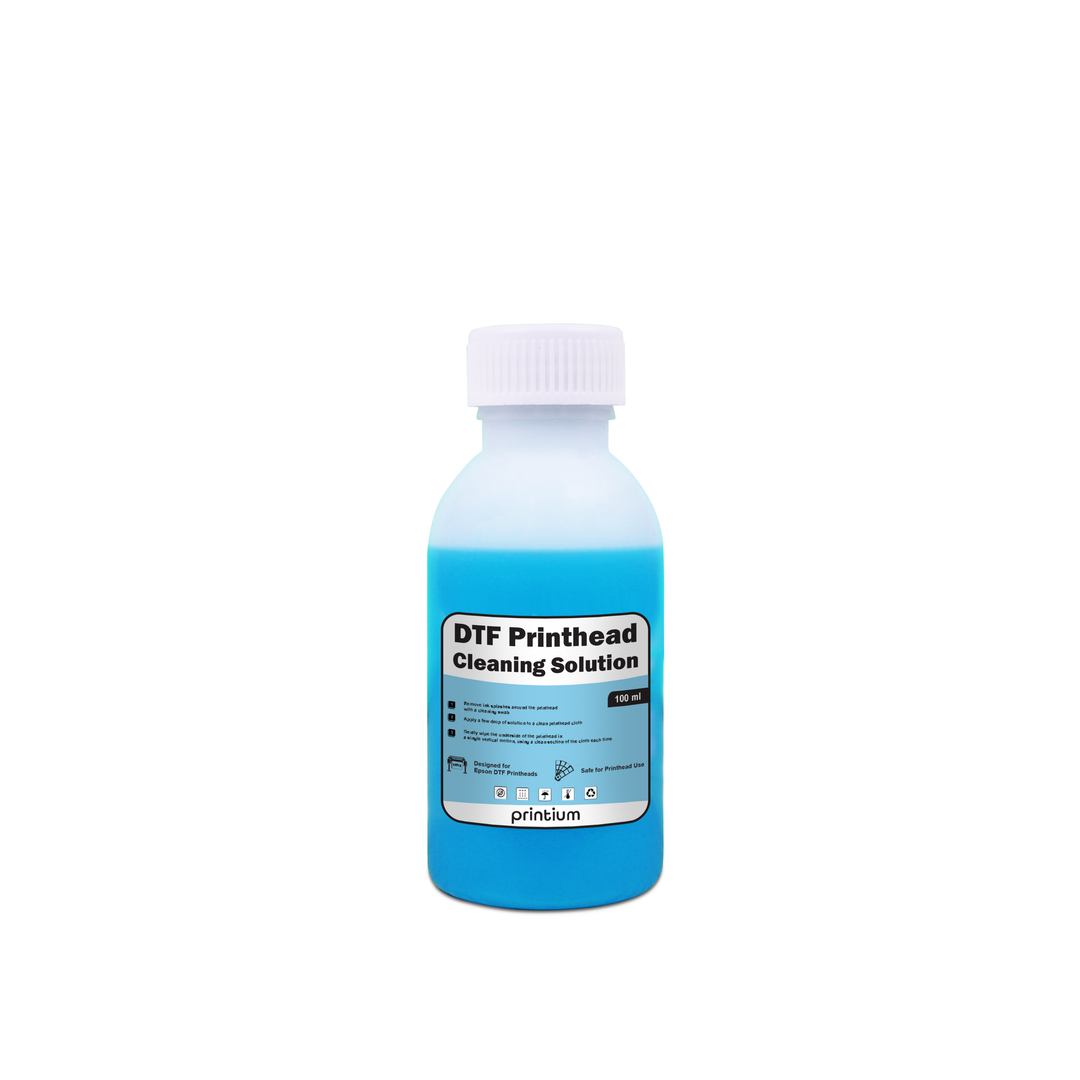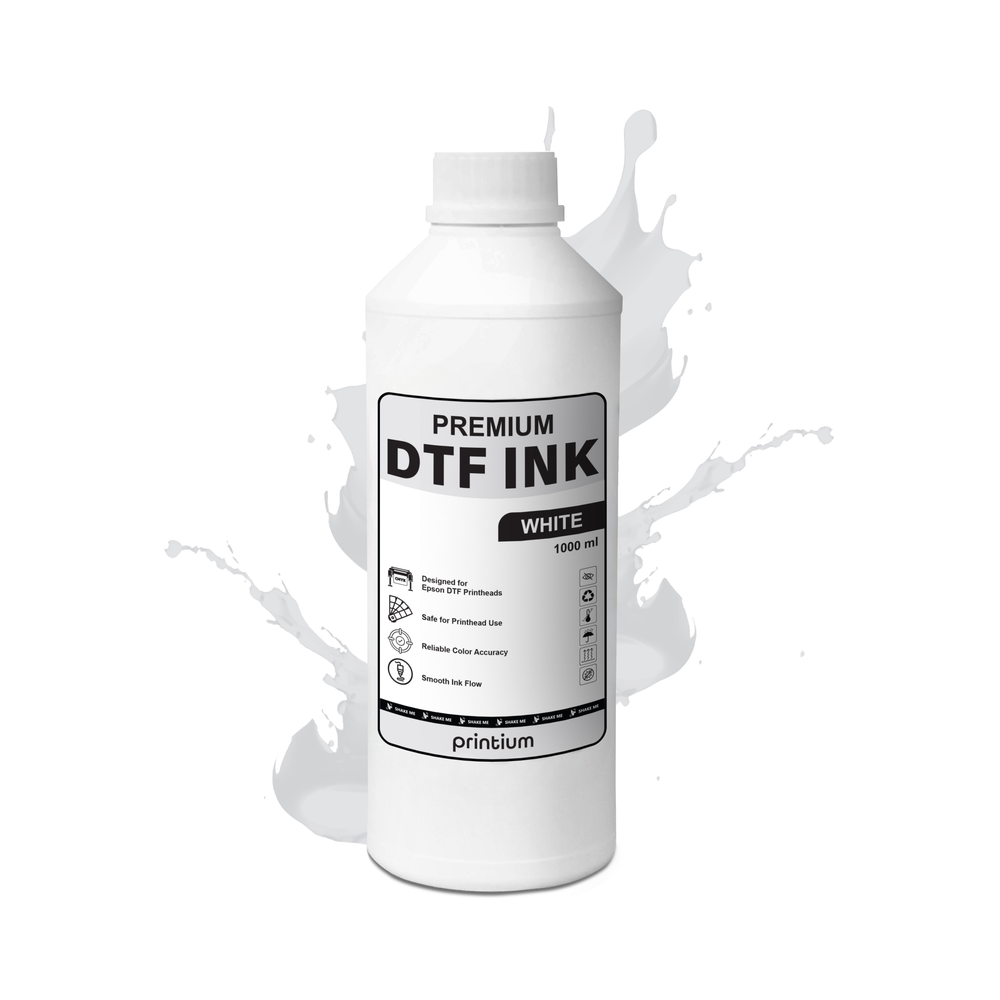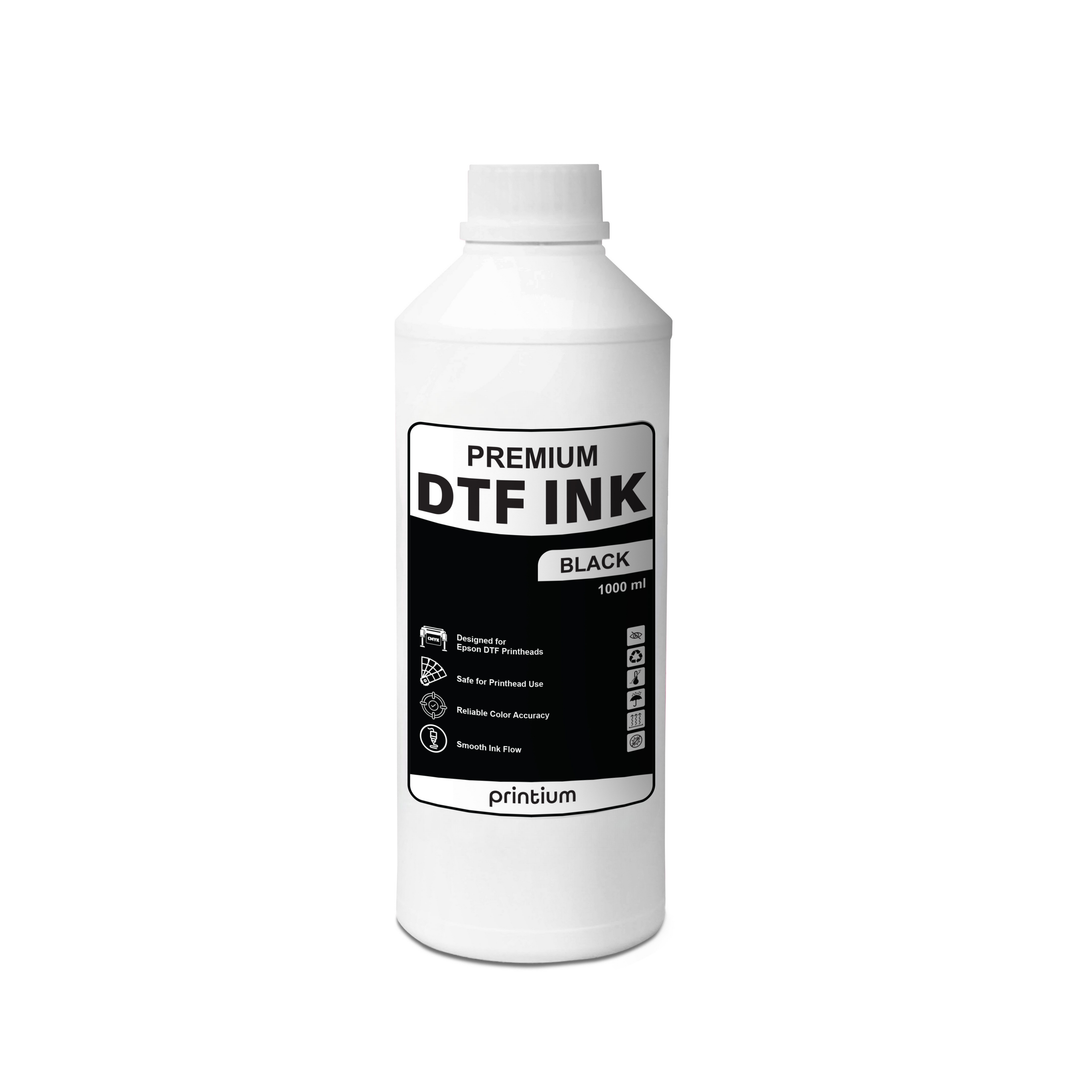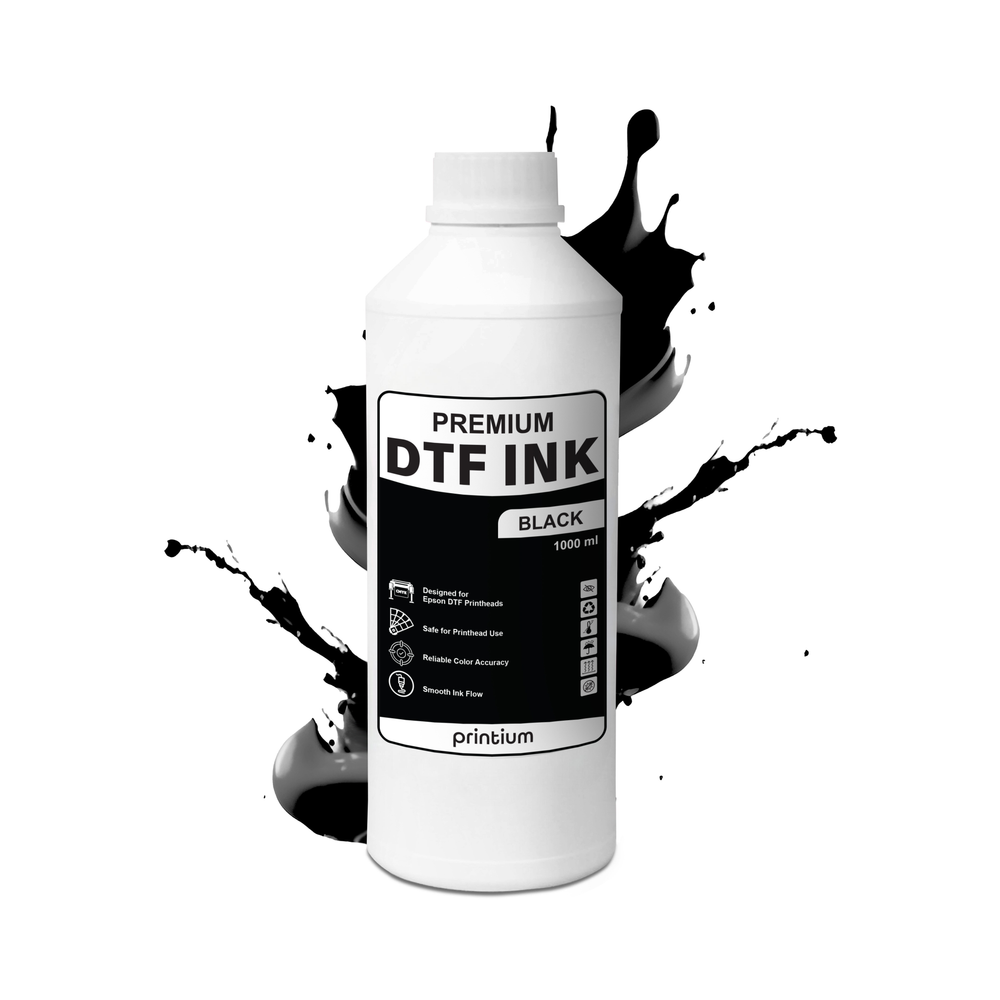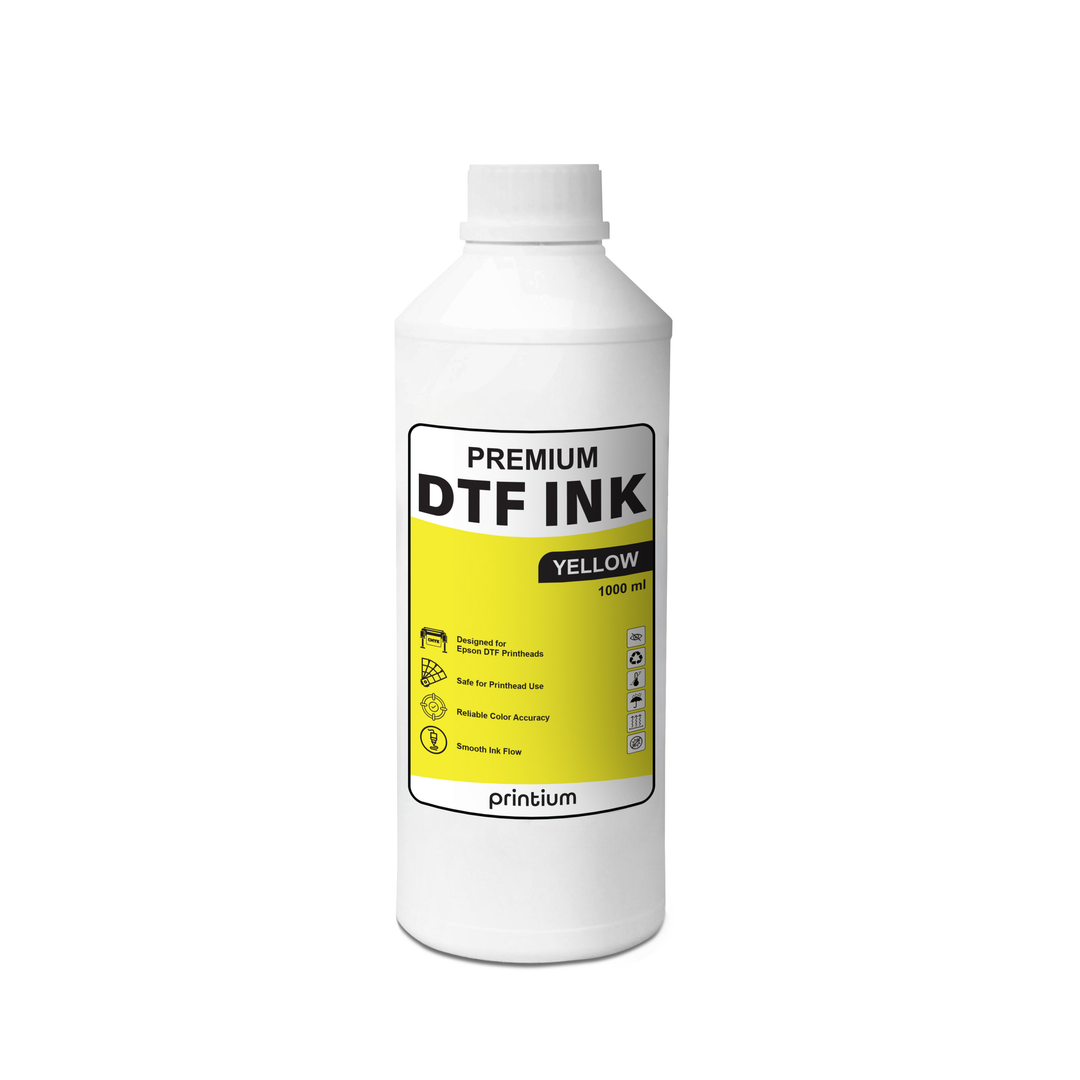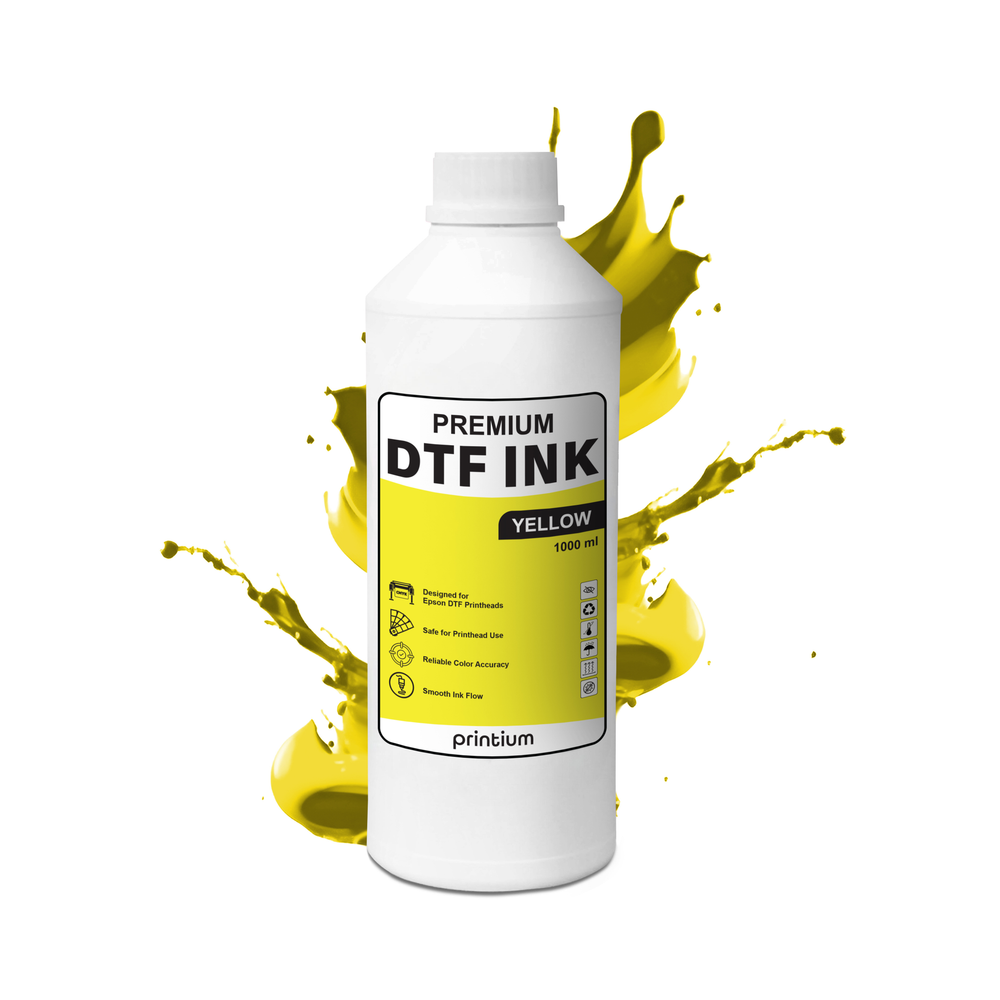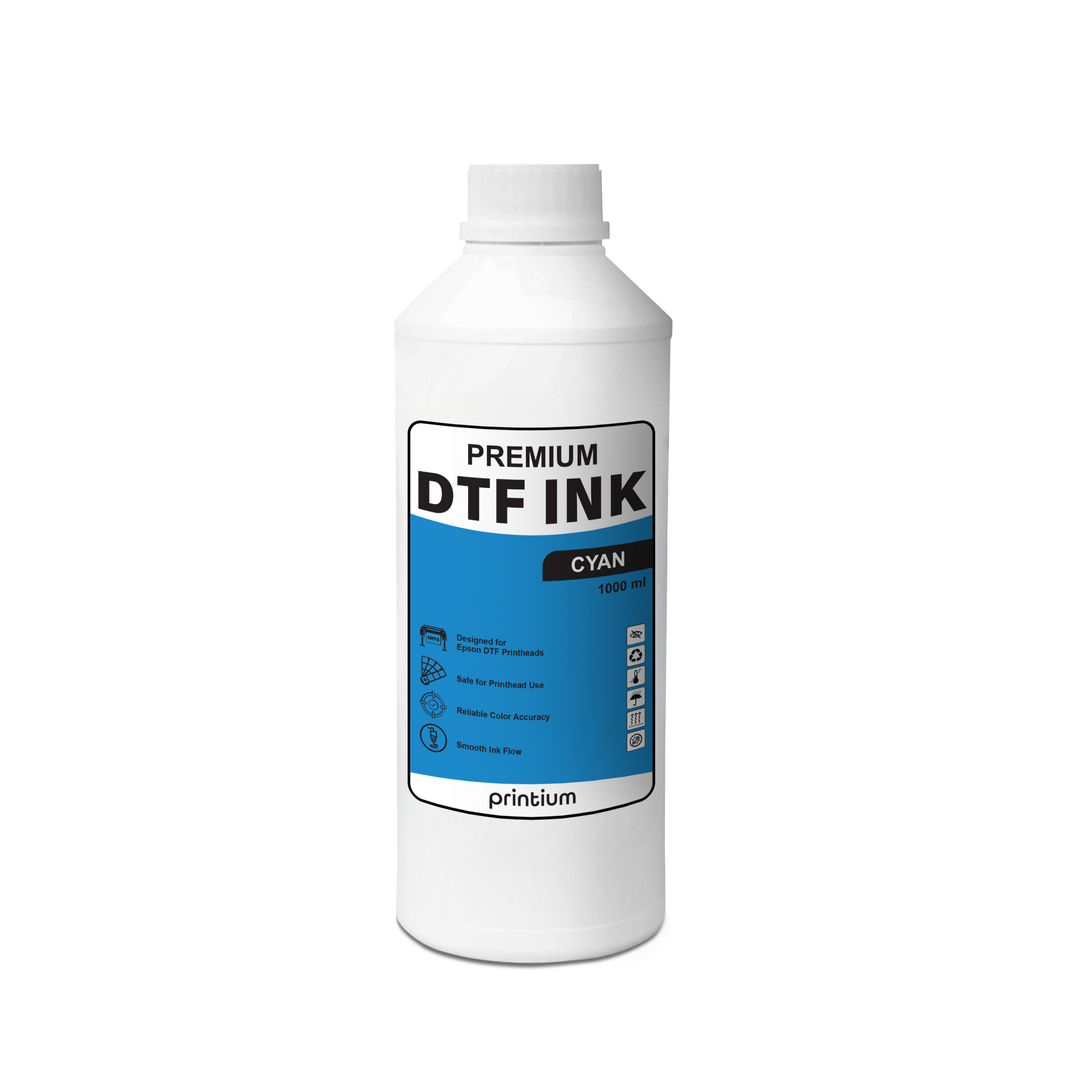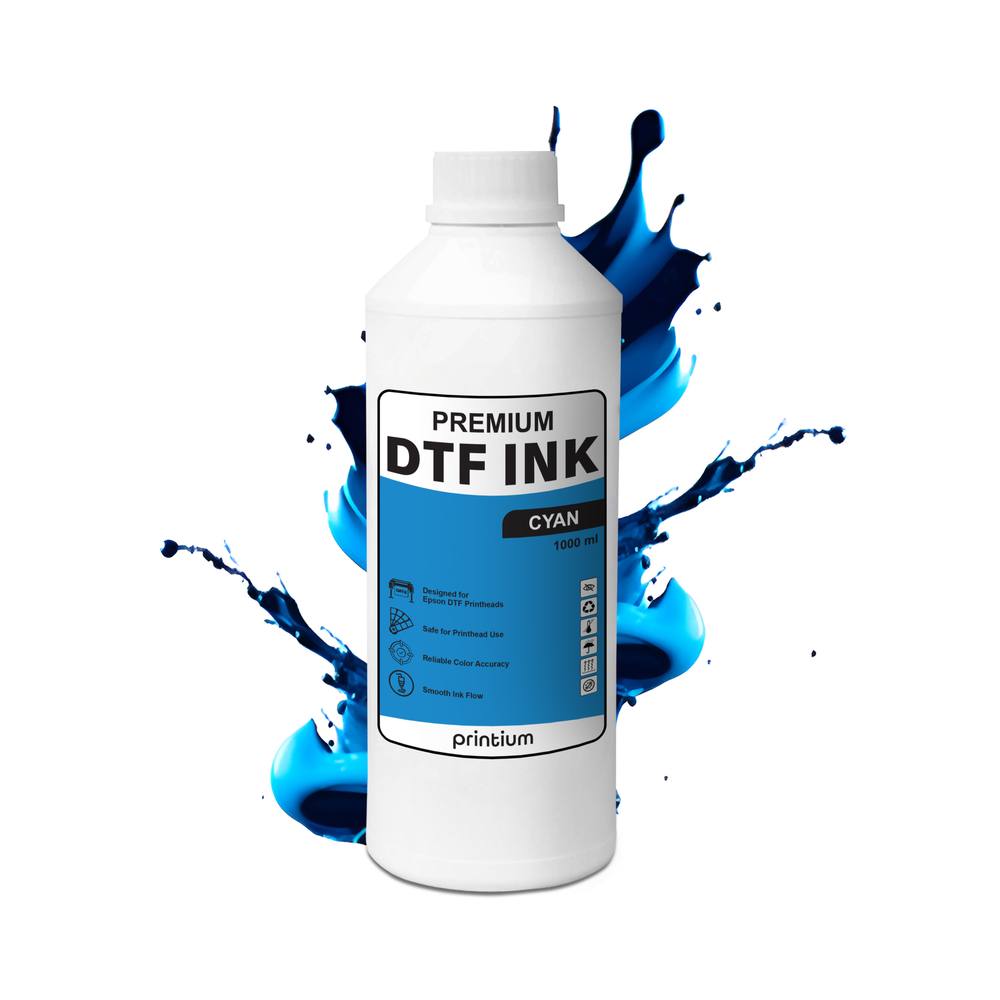Everything You Need to Know About DTF Materials 🖨️🌟
When it comes to creating custom apparel and merchandise with high-quality prints, the combination of specialized transfer paper and adhesive powder plays a crucial role. Direct-to-Film (DTF) printing is one of the most popular methods for vibrant and durable designs, especially for textiles like t-shirts, hoodies, and bags. However, the magic behind these stunning prints lies not just in the printer or the inks, but in the materials—transfer paper and adhesive powder.
In this guide, we’ll explore the essential materials you need for efficient printing. We will explain why they are crucial to the quality of your final product and where to buy them for your next custom project.
For a deeper dive into the DTF printing process, visit the Wikipedia article on Direct-to-Film Printing 📘.
What are Transfer Paper and Adhesive Powder? 🧐
Transfer paper (or PET film) is a special, coated material used in the Direct-to-Film printing process. It allows high-resolution prints to be transferred onto fabric using a heat press. The ink is first printed on the transfer paper, which is then coated with adhesive powder. After curing, the design can be heat-pressed onto various materials such as cotton, polyester, or blends. This results in vibrant and durable prints.
The combination of transfer paper and adhesive powder is what makes the DTF printing process so successful for producing high-quality, long-lasting designs.
Key Components: Transfer Paper and Adhesive Powder 📝
1. Transfer Paper (PET Film) 📜
Transfer paper is a special type of PET (polyethylene terephthalate) film. It's designed to hold the inks and adhesive powder used in the DTF process. The film is usually available in sheets or rolls, depending on your production needs.
-
High-quality transfer paper provides excellent ink absorption. This ensures the print's sharpness and vibrancy.
-
The paper comes in different sizes (e.g., 24" wide sheets) to suit your printing equipment.
-
Anti-static coatings help in the smooth application of the adhesive powder.
2. Adhesive Powder (Hot Melt Adhesive Powder) ❄️
Adhesive powder is a fine, white powder applied to the printed design on the PET film. This powder bonds with the ink and fabric once it’s heat-activated. It ensures that the print sticks securely to the fabric without cracking or fading.
-
Hot-melt adhesive powder is available in various grain sizes: fine, medium, and coarse. This allows for flexibility with fabric types.
-
This powder can be cured with a heat press or in a dedicated curing oven. It turns into a strong adhesive base.
Both DTF paper and adhesive powder are essential for ensuring high-quality, long-lasting designs on custom apparel. Without the right combination of these materials, your prints may not adhere well or could fade after washing.
Why Transfer Paper and Adhesive Powder Matter 🌟
1. Enhanced Print Durability
By using the right transfer paper and adhesive powder, your prints are more resistant to cracking, fading, and peeling over time. The heat press melts the powder, bonding the design securely to the fabric. This ensures it lasts through multiple washes.
2. Full-Color Designs
This process allows you to print in full color, including gradients, shadows, and intricate details. High-quality transfer paper helps absorb all the ink properly. The adhesive powder ensures that even fine lines and delicate designs are transferred effectively.
3. Versatility for Various Fabrics
Unlike some other printing methods, transfer paper and adhesive powder work with a wide range of fabrics. These include cotton, polyester, canvas, and even some synthetic fibers. This gives you the flexibility to print on different types of garments, from t-shirts to hoodies.
4. Lower Production Costs
Since transfer paper and adhesive powder don’t require extensive setup or long curing times, they help reduce overall production costs. These materials are especially valuable for small-run prints or print-on-demand businesses.
How Do Transfer Paper and Adhesive Powder Work Together? 🔄
The process of DTF printing involves several steps. Transfer paper and adhesive powder play crucial roles in creating a high-quality transfer.
-
Design Creation: Start by designing your image or graphic in your preferred software.
-
Printing: Use a DTF printer to print the design onto transfer paper using specialized inks.
-
Powder Application: Apply the adhesive powder to the wet ink on the transfer paper. This step is critical to ensure the design will stick to the fabric once transferred.
-
Curing: The powder-coated film is cured using a heat press or a curing oven. This bonds the adhesive with the print.
-
Transfer: Finally, place the cured transfer paper onto the fabric and press with a heat press. The design is transferred, and the print is ready!
Choosing the Right Transfer Paper and Adhesive Powder for Your Business 📦
When selecting transfer paper and adhesive powder, there are a few things to keep in mind to ensure the best results:
-
Paper Quality: Make sure to choose transfer paper that’s specifically designed for your printer and ink type. Look for high-quality PET films that offer smooth printing surfaces and anti-static properties.
-
Powder Type: Choose adhesive powder based on the fabric you’re printing on. Fine powder is best for light fabrics, while coarser powder works well for thicker or more textured materials.
-
Compatibility: Ensure the transfer paper and adhesive powder are compatible with your DTF printer and heat press settings for optimal performance.
For high-quality transfer paper and adhesive powder, check out the collection from Eagle DTF Print. They offer premium products to help take your custom printing to the next level.
Internal Link Suggestion 🔗
Want to know more about how to create stunning prints? Check out our detailed guide on How to Make DTF Transfers for tips and tricks.
Best Practices for Using Transfer Paper and Adhesive Powder 🔧
To get the most out of your transfer paper and adhesive powder materials, here are some best practices:
-
Keep your materials dry – Humidity can affect the quality of both transfer paper and powder.
-
Test print on scrap fabric before starting full production to ensure the settings and materials work well together.
-
Store powders and papers properly – Keep DTF paper and powder sealed and stored in a cool, dry place to avoid contamination and clumping.
Conclusion 🎉
The combination of DTF paper and powder is essential to achieving vibrant, durable, and high-quality prints in the DTF printing process. These materials play a pivotal role in transferring intricate designs onto fabrics, ensuring they last through multiple washes without fading or peeling.
For businesses or individuals looking to produce custom apparel efficiently, investing in top-quality DTF paper and powder is a must. Whether you're printing DTF hoodies, t-shirts, or other merchandise, the right materials ensure you get the best possible results every time. DTF transfer film
